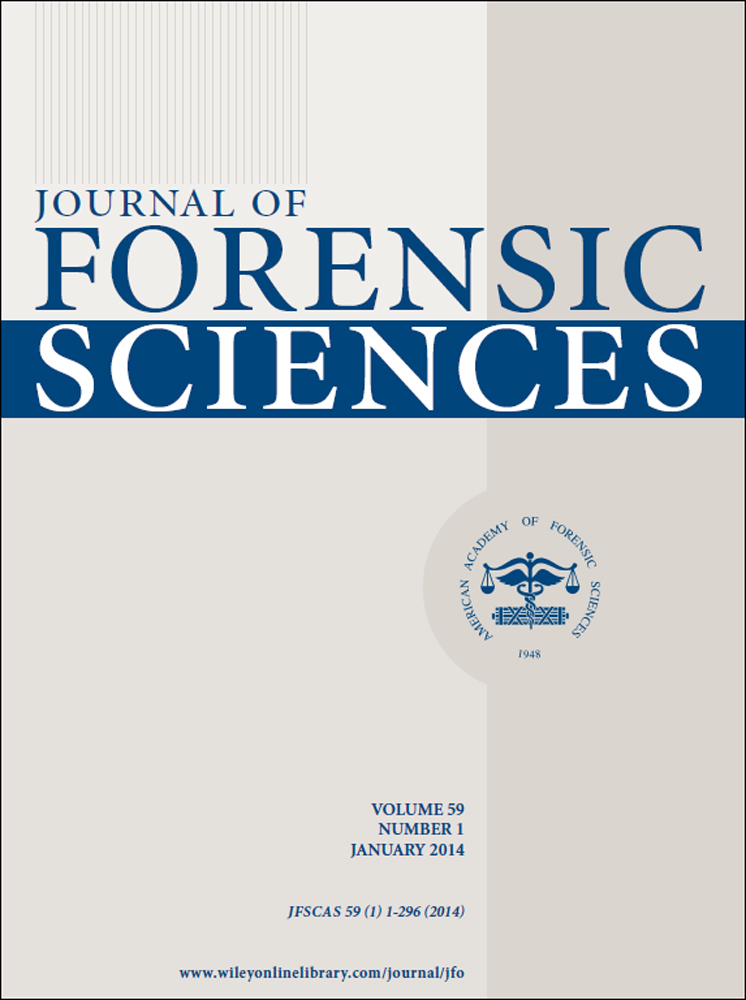Error and its Meaning in Forensic Science†
Abstract
The discussion of “error” has gained momentum in forensic science in the wake of the Daubert guidelines and has intensified with the National Academy of Sciences' Report. Error has many different meanings, and too often, forensic practitioners themselves as well as the courts misunderstand scientific error and statistical error rates, often confusing them with practitioner error (or mistakes). Here, we present an overview of these concepts as they pertain to forensic science applications, discussing the difference between practitioner error (including mistakes), instrument error, statistical error, and method error. We urge forensic practitioners to ensure that potential sources of error and method limitations are understood and clearly communicated and advocate that the legal community be informed regarding the differences between interobserver errors, uncertainty, variation, and mistakes.




